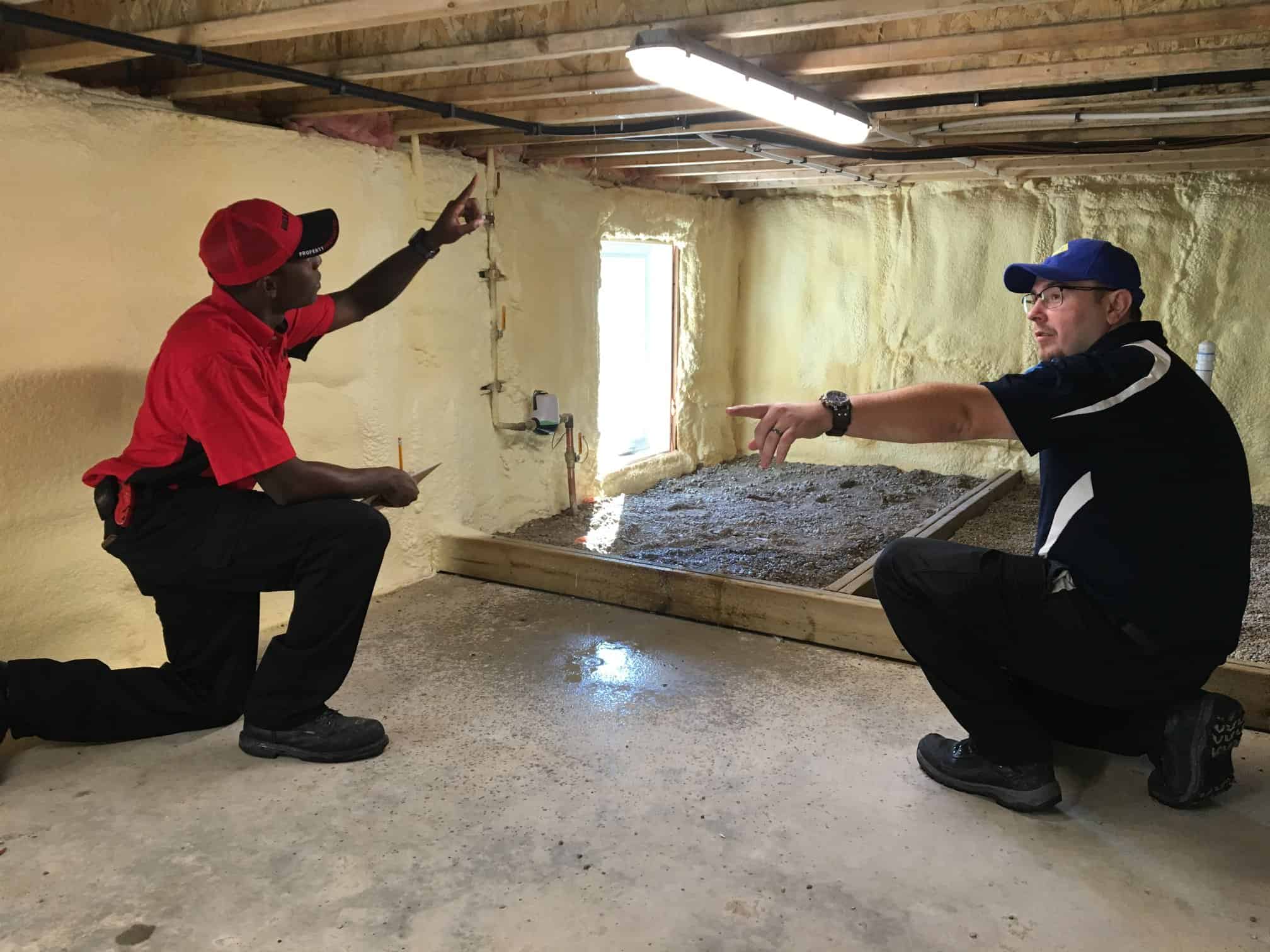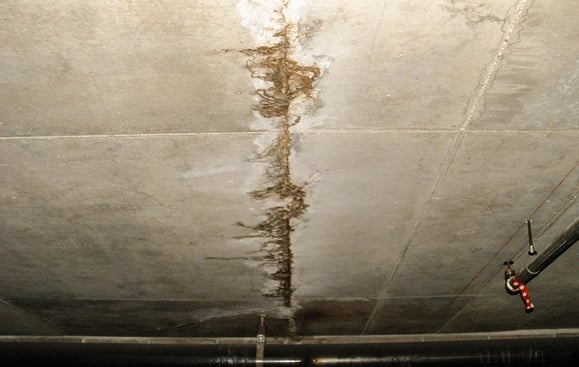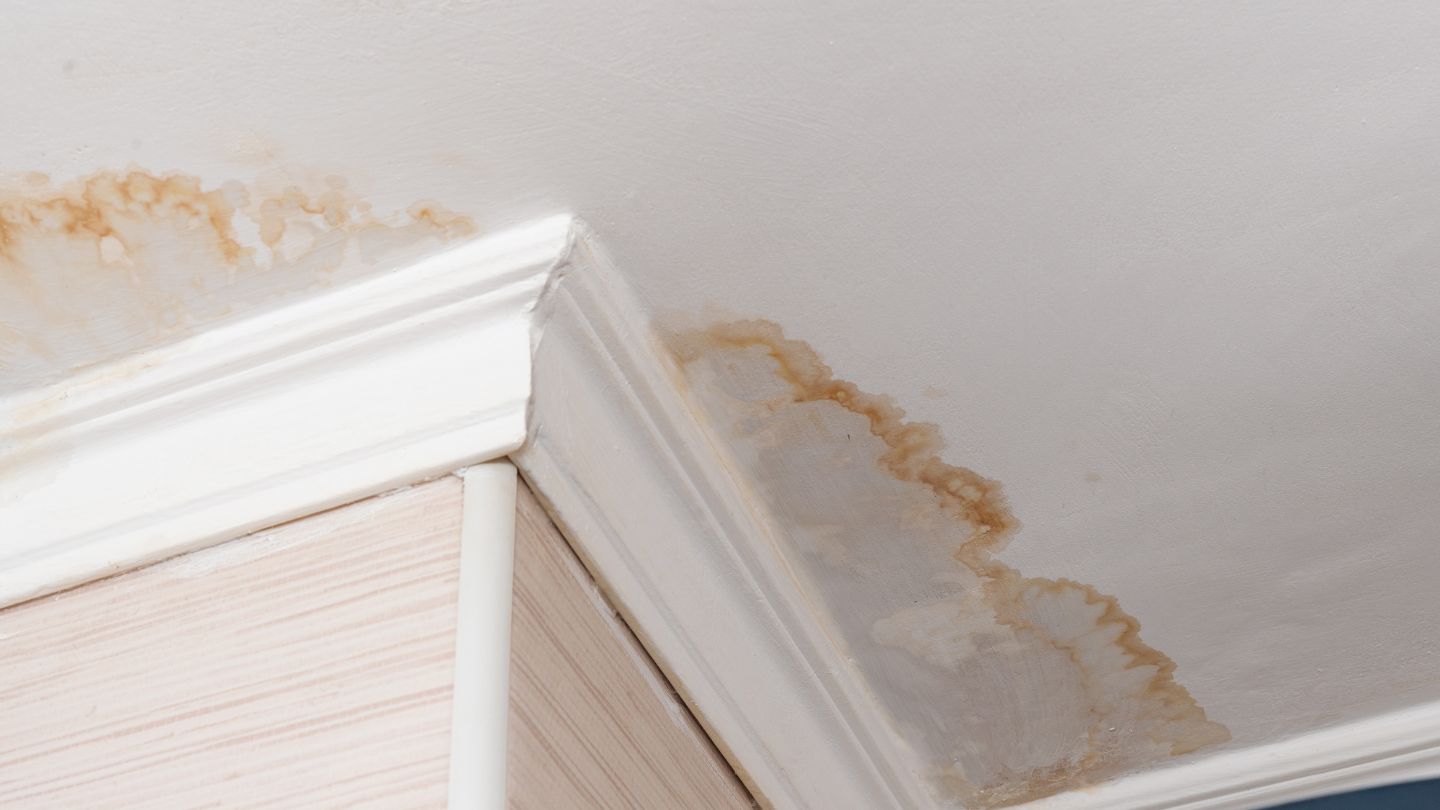Immediate Water Extraction Services to Prevent Structural Damage
Immediate Water Extraction Services to Prevent Structural Damage
Blog Article
The Refine of Water Damage Cleanup: Ensuring Your Home Is Restored Properly
Water damage can be an overwhelming obstacle for property owners, necessitating a thorough and organized cleanup procedure to restore safety and security and capability. At first, an extensive assessment is essential to identify the level of the damage and establish the suitable remediation procedures. Following this, reliable water removal techniques play an essential role in alleviating more damage. Nonetheless, the nuances of drying out, sanitizing, and eventual repair are equally necessary and often forgotten. Understanding these stages can make a substantial difference in the result of your home's reconstruction, motivating a closer appearance at what each step involves.
Assessing the Damages
Upon uncovering water damages, the primary step is to completely examine the degree of the effect. This initial examination is critical, as it aids establish the essential actions for reliable cleanup and restoration. Begin by examining the influenced locations, including wall surfaces, ceilings, floorings, and individual belongings, to recognize the resource of the water invasion, whether from flooding, leaks, or condensation.
Documenting the damages is essential for both insurance policy cases and intending repair efforts - damage restoration services. Use photos and composed notes to capture the severity of the damages, noting any type of afflicted structural components and products. Pay special attention to areas that might not be immediately noticeable, such as behind walls and under carpets, as hidden dampness can result in further complications, consisting of mold and mildew growth
Additionally, analyze the timeline of the water direct exposure. The longer the products stay wet, the higher the potential for damage. Understanding the period of exposure will inform the necessity of removal efforts. Inevitably, a detailed assessment prepares for an effective water damage clean-up procedure, guaranteeing that all affected locations are dealt with properly and thoroughly.
Water Extraction Methods

Experts commonly employ submersible pumps for larger volumes of water, which can rapidly alleviate flooding in basements or other affected locations. For smaller sized quantities, wet/dry vacuum cleaners are typically utilized to draw out recurring dampness from rugs and difficult surface areas. Furthermore, using mobile extractors allows for targeted removal in constrained areas or locations with fragile products.
In circumstances of infected water, such as sewer or floodwater, progressed extraction methods may involve using biohazard equipment to guarantee security and compliance with wellness regulations. High-powered removal devices are critical in decreasing water retention in architectural materials, which can lead to mold and mildew development and structural deterioration if not resolved without delay.
Inevitably, the performance of water removal methods plays a crucial duty in the total success of the water damages clean-up procedure, laying the foundation for succeeding reconstruction initiatives.
Drying and Dehumidification
Once standing water has actually been efficiently drawn out, the next crucial phase in the water damage clean-up procedure is drying out and dehumidification. This step is important to prevent additional damage and mold development, which can occur within 24 to 2 days in moist settings.
To attain efficient drying out, specific equipment such as industrial-grade air moving companies and dehumidifiers is utilized. Air movers flow air across damp surface areas, boosting evaporation prices, while dehumidifiers minimize moisture levels airborne, promoting a helpful atmosphere for drying out. The combination of these tools makes certain that wetness is extracted from floorings, walls, and furnishings, permitting them to dry completely.
It is essential to keep an eye on the drying process very closely. Specialists usually make use of moisture meters to examine the moisture content in different products, guaranteeing that all impacted locations get to appropriate dryness degrees. This precise technique aids to stop concealed moisture pockets that could result in structural damage or unhealthy mold and mildew development.

Cleansing and Disinfecting
After the drying out and dehumidification stage is full, the following essential action in water damage clean-up is cleaning up and sterilizing the impacted areas. This process is important to avoid the growth of mold and mildew, microorganisms, and various other microorganisms that thrive in damp atmospheres.
The cleaning phase commonly involves removing any particles, dust, and pollutants from surfaces utilizing specialized cleansing representatives. For difficult surfaces, a mix of soap and water or industrial cleansing items is typically used. Soft products, such as furniture and carpetings, might need extra considerable cleansing techniques, consisting of vapor cleaning or deep extraction strategies, to make sure extensive cleanliness.

Sanitizing complies with cleaning, utilizing EPA-approved disinfectants to remove unsafe bacteria. This action is essential, particularly in locations that may have entered into call with floodwaters or sewage, as these sources can position significant health and wellness threats.
Furthermore, it is essential to address any kind of staying smells, which may require making use of odor neutralizers or innovative methods like ozone therapy. Correct cleansing and sanitizing not only restore the safety and health of your home but additionally prepared for successful restoration and repairs in subsequent stages of the water damages cleanup procedure.
Remediation and Repair Services

As soon as the assessment is complete, restoration efforts can begin. This normally entails repairing or replacing damaged materials, guaranteeing that all job abides by local building codes and criteria. As an example, if drywall has been compromised, it will certainly need to be gotten rid of and replaced with brand-new product. Additionally, floor covering may require comparable focus, relying on the level of water exposure.
It is critical to engage experienced remediation professionals throughout this procedure, as they have the expertise to deal with complex repair work successfully. They can aid minimize potential future problems, such as mold and mildew growth or structural instability, therefore making sure a secure and habitable living setting. Inevitably, effective repair and repair services recover the home's integrity and enhance its general value.
Final Thought
Finally, the procedure of water damage cleaning is essential for restoring a home to its pre-damage condition. Each phase, from analyzing the damage to executing reliable water extraction methods, adhered to by comprehensive drying out, disinfecting, and necessary fixings, plays a vital role in making sure safety and security and conformity with structure standards. Effective execution of these actions not just alleviates prompt damages yet also improves the long-lasting stability and value of the home.
Water damage can be a complicated difficulty for property owners, necessitating a organized and precise cleanup procedure to bring back security and functionality. look at this now Eventually, a comprehensive evaluation lays the foundation for a successful water damages clean-up procedure, guaranteeing that all influenced Discover More Here locations are resolved effectively and extensively.
Efficient water extraction strategies are important in minimizing damages and preventing more problems following a water intrusion event.In verdict, the process of water damages cleanup is critical for recovering a home to its pre-damage problem. Each stage, from evaluating the damages to implementing efficient water removal strategies, complied with by thorough drying out, disinfecting, and essential repair work, plays a necessary duty in guaranteeing safety and security and compliance with structure standards.
Report this page